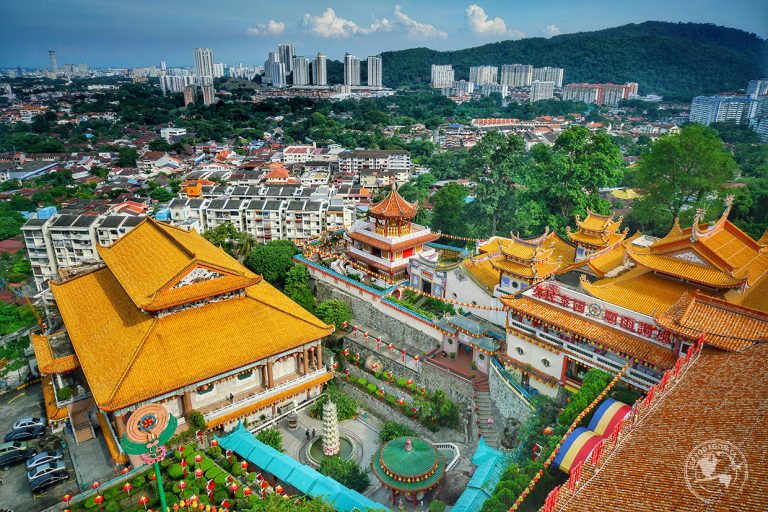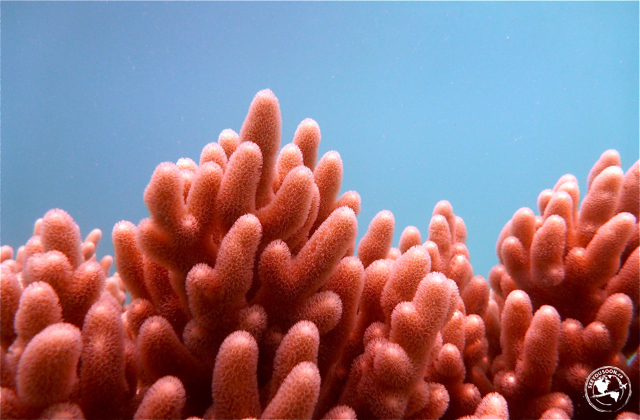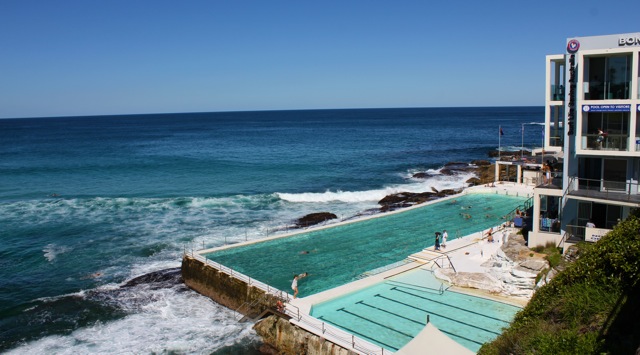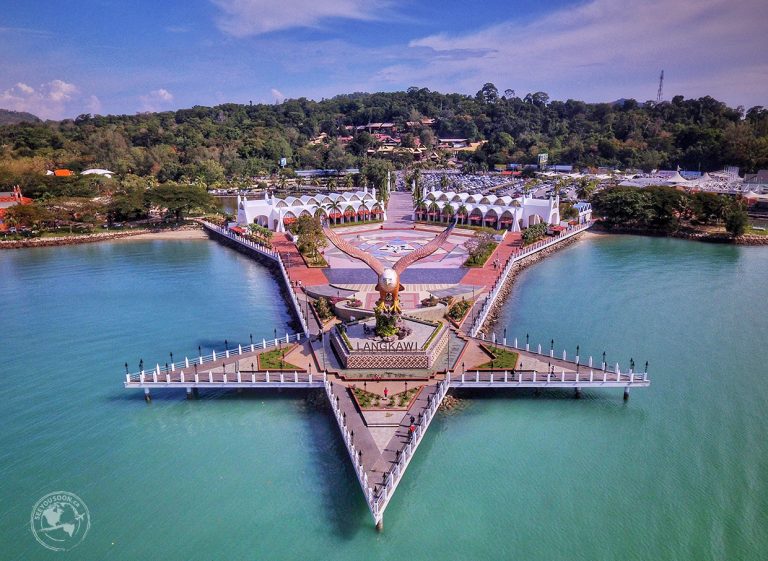A Day Tour of the Bolaven Plateau

The Bolaven Plateau is an elevated area (between 1000m to 1300m above sea level) located about an hour drive east of Pakse, in southern Laos. It’s slowly becoming a more popular tourist stop in the country, as it’s about halfway between the 4000 Islands in the south, and the capital city, Vientiane, in the north. The Bolaven Plateau offers many sites for visitors to check out, including waterfalls, coffee and tea plantations, and ethnic villages.
Originally, we had wanted to rent a motorbike to explore the plateau over a 2-3 day trip. Unfortunately we only found motorbike rental companies that wanted us to leave our passports as a deposit (a deal breaker for us) and when we asked about leaving a cash deposit, one women asked for $1,600 USD! So instead of doing it ourselves, we ended up booking a day trip with a local guesthouse. Here’s what we did:
Green Tea Plantation
We headed out at 8am. Our first stop of the day was at a green tea plantation. We learned that the Vietnamese introduced the green tea plant to Laos back in 1973. The Bolaven Plateau is an ideal place for growing tea, since the plants grow best at altitudes between 600m to 1200m above sea level.

From the same plant, both green tea and oolong tea can be made, though different techniques are used for each. For green tea, the leaves are picked, dried over a heated plate or pan, then squished to release it’s aroma, and then heated and “burned” for another 2-3 hours. For oolong tea, the leaves are prepared starting the same way as green tea leaves, except after the leaves have been squished, they’re placed into a bag with some warm water, left for 2-3days to ferment in the bag, and then emptied and dried out in the sun.
Tad Fane Waterfall
Next, we drove for about 15 minutes to our first waterfall of the day. The Tad Fane Waterfall is a set of twin waterfalls with a height of 120m. We could only view them from a distance, but they were very impressive nonetheless.

Tad Yuang Waterfall
Almost right around the corner was our second waterfall, Tad Yuang Waterfall. This time we were able to walk down the mountain edge and get a much closer look. Even though this waterfall was only about 60m high, it was still beautiful and offered up a nice cooling mist.

Coffee Plantation
We then visited a coffee plantation and got a first hand look at how the beans are processed after they’ve been picked. The coffee bean is actually a seed inside a fruit-like cherry that grows on coffee trees. When the cherry is ripe, it is hand picked and soaked in a large vat of water. The best quality beans come from the cherries that sink to the bottom, so anything that is floating on top is scooped up and discarded.

The beans are then removed from the cherry and are washed once more, this time getting pushed along a canal of water and drained into a basket. The beans are then spread out either on a tarp on the ground or on a raised platform, and left out in the sun to dry. When the beans are fully dry, they are bagged and shipped to various coffee companies who will then roast them before exporting to local and/or international coffee companies and shops.
Alak Village

After the coffee plantation, we then drove for about 30 minutes to the Alak Village. The village was made up of about 60 homes, all laid out in a circular pattern around a communal house. The Alak people strongly believe in spirits and hold an annual buffalo-sacrificing ritual to honour the spirits who protect their village and help their crops. When we arrived, the village was fairly empty, except for a small group of children. Actually it seemed only children and baby animals inhabited the village, including puppies, chicks, and piglets. We had never seen so many piglets running around or sleeping under steps before. They were so incredibly adorable! Our guide later told us that all the older villagers were out working in the rice fields.

The children were very shy and we were quite conscious of the fact that we were entering their “home”. It was slightly awkward showing up and being allowed to just walk around the village. The children all watched us curiously, as we more or less just paced in a circle checking things out. I personally felt like I was intruding and didn’t feel comfortable with just freely taking photos. Every time I wanted to take a picture I made sure to ask my guide or the person in my shot if it was ok.
Local School

We were then taken to a local school, which the guesthouse where we booked our tour helps fund the improvement of the facilities. Since it was Sunday when we went on our tour, the school was empty. But we got a chance to get a glimpse of what a classroom looked like in rural Laos. Everything was fairly basic with just the important necessities; blackboard, desk, and benches. The school looked really good, actually, and it was clear that the guesthouse took pride in it.
Katu Village
We then visited another larger, more structured village called Katu Village. The village is made up of 120 homes and is known specifically for their coffin making abilities. These coffins are carved out of tree trunks and are made well before someone is expected to die. When a member of the village dies, they are placed in the coffin and put under small “huts” in their cemetery. The coffins are not buried, but instead remain protected under the huts.

We didn’t feel as if we were intruding so much with this village, partly because I think it was larger. There seemed to be a lot more activity going on and the people didn’t pay too much attention to us.
Tad Lo Waterfall
Our final stop was our third and last waterfall for the day, Tad Lo Waterfall. The waterfalls themselves were small and not particularly spectacular, but they provided a beautiful backdrop for the surrounding area. It seemed as though a number of resorts and guesthouses had been built up around the waterfalls. It would be a really nice and relaxing area to spend a day and night in if time permitted.

We arrived back in Pakse around 5pm rather worn out from the day. We did a fare amount of driving and a lot of sightseeing. Although we had set our sights on motorbiking the route ourselves, it was nice to be able to sit back and let someone else do all the work.



